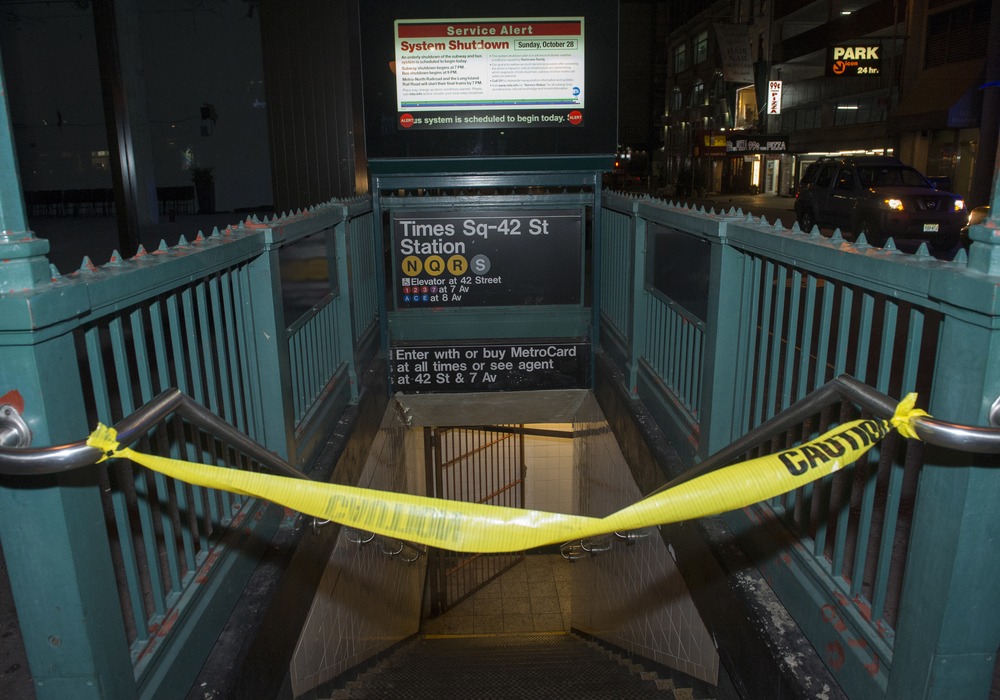
An inflatable plug designed to prevent subway tunnel flooding was recently demonstrated for the media in a full-scale, mock subway tunnel in Frederica, Delaware.
The Resilient Tunnel Plug (RTP) is composed of the liquid crystal polymer Vectran and was developed by the Department of Energy’s Pacific Northwest National Laboratory (PNNL) in partnership with West Virginia University for the Department of Homeland Security’s Science and Technology Directorate, and with special engineering development company ILC Dover.
In the event of flooding, the RTP can be partially inflated with compressed air in less than five minutes and be fully inflated in 12 minutes.
The RTP was able to hold simulated floodwater at 11.5 pounds per square inch during the demonstration, the equivalent of 30 feet of water.
“This is one of those things where we had an idea that was pretty simple but we needed to take that concept to reality,” PNNL engineer Greg Holter said. “The big problem wasn’t just designing the plug, but ensuring it could be stored without interfering with trains passing through their tunnels.”
The RTP is intended to not only save lives but protect the transit system. Use of the RTP prevents water damage and saves on repair costs. Existing tunnels can also be retrofitted to accommodate the RTP.